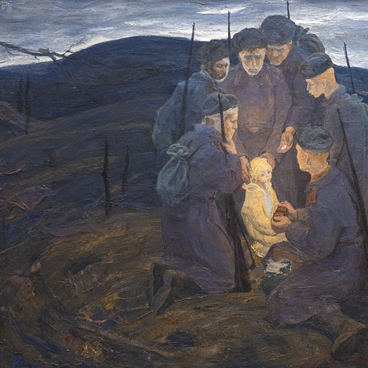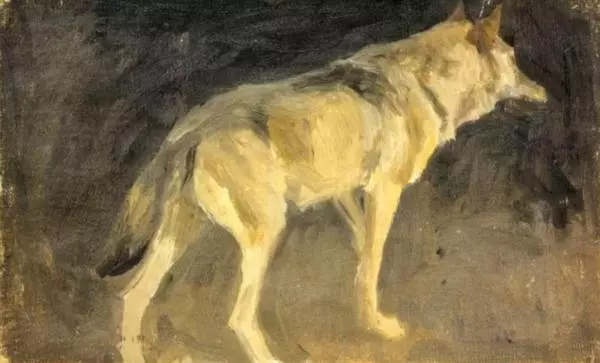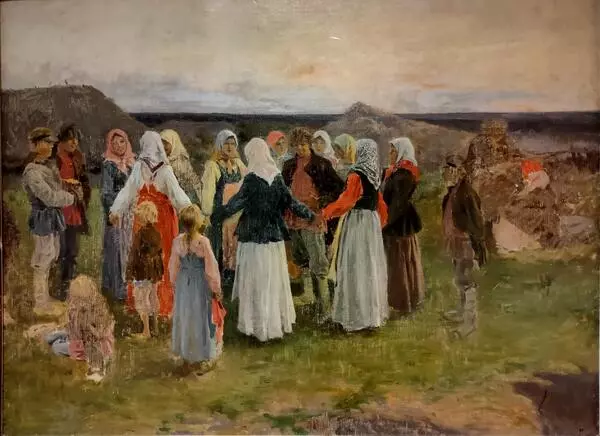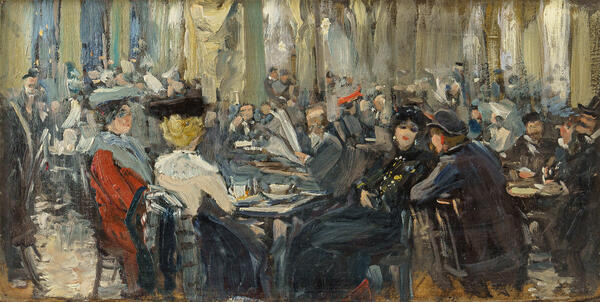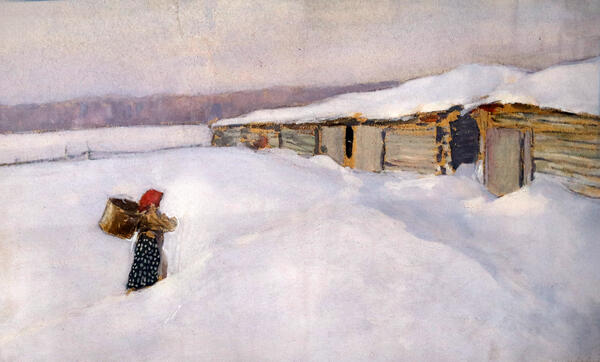Alexey Stepanovich Stepanov was an animal painter, a landscapist, and a member of the Society for Traveling Art Exhibitions.
The painter was born into a noble family in the city of Simferopol; his father was an officer, who participated in the defense of Sevastopol during the Crimean War.
Stepanov lost his parents when he was a boy. One of his father’s colleagues became his guardian, who took the boy to Moscow and enrolled him at the Alexandrinsky Orphanage and then in the First Moscow Gymnasium.
In 1879, Alexey Stepanov graduated from the Konstantinovsky Institute of Land Surveying with a degree in land surveying, but eventually chose painting as a career.
A small inheritance, saved by his guardian, allowed Stepanov to pay for his studies at the Moscow School of Painting, Sculpture and Architecture. During his studies, the young artist met Mikhail Vasilyevich Nesterov, Isaac Ilyich Levitan, and brothers-artists Sergey Alexeevich Korovin and Konstantin Alexeevich Korovin.
Alexey Stepanov actively collaborated with the Nature and Hunting magazine of the Russian zoologist and naturalist Leonid Pavlovich Sabaneyev. He was also asked by the writer Anton Pavlovich Chekhov to illustrate his short story “Kashtanka”.
Stepanov had been teaching from 1888. At first, he worked at the School of Fine Arts founded by the architect and artist Anatoly Ottovich Gunst. Later, Stepanov transferred to the Moscow School of Painting, Sculpture and Architecture.
In 1894, the artist traveled to Europe, where he visited Italy, Germany, and France.
He often turned to hunting scenes and depictions of tranquil life in the countryside. The painting from the collection of the Pskov Museum depicts an estate with a manor house and a poultry house.
The painting shows a gray-haired landowner in a
long light robe going out into the yard early in the morning; he is surrounded by chickens,
turkeys, geese, and two dogs. To the right, a one-story wooden mansion with a
mezzanine is visible behind the fence. The left side depicts the outbuildings.
A woman stands at the entrance with her back turned. There is a tarantass
carriage under the awning; in front of it is a trough and a pair of geese. The
bottom right of the painting features a signature, “Stepanov, Alexey, 1897.”
The painting uses a calm, dilute color palette of gray and silver tones.


